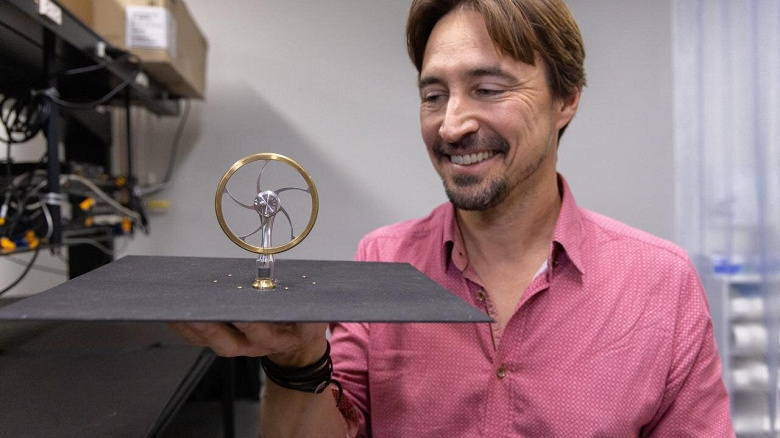Engineers at the University of California, Davis, have demonstrated that a compact Stirling engine can harness mechanical energy at night using the temperature difference between the warm surface of the Earth and the cold expanse of outer space. This breakthrough, led by Professor Jeremy Munday from the Department of Electrical and Computer Engineering, along with graduate student Tristan Deppe, marks a significant advancement in converting natural nocturnal cooling into usable power.
At the heart of this innovation is the Stirling engine-a heat engine capable of operating on small temperature differentials, such as between a hot cup of coffee and the surrounding air. Unlike internal combustion engines that require large temperature gradients and fuel, the Stirling engine here leverages available thermal radiation.

In this experimental setup, the warm side is provided by the Earth’s surface, while the cool side is facilitated by a ‘radiation window’ to space.
The researchers implemented a simple Stirling engine equipped with a piston and flywheel mounted on a specialized panel functioning as a radiating antenna. This panel releases heat into the open night sky, cooling itself through infrared radiation into space. Positioned outdoors during nighttime, the warm ground creates one temperature gradient side, while the cooled panel represents the other. In clear sky conditions, the panel can get significantly colder than the surrounding air due to heat emission into space.
A year of nocturnal testing revealed that such a system can consistently deliver at least 400 milliwatts of mechanical power per square meter of the device. The scientists demonstrated a fan powered directly from the engine and connected the engine to a small electrical generator, producing electricity. This method’s efficiency is particularly high in regions with dry climates and predominantly clear skies, where thermal radiation into space is less obstructed by water vapor and clouds.
Looking forward, similar devices could be utilized for nighttime ventilation of greenhouses and residential buildings, solely leveraging the natural thermal balance between the Earth and space. The University of California has filed a provisional patent application for this development.
Technological Advancements and Future Prospects
Recent research highlights the increasing potential of Stirling engines in sustainable energy applications. Innovators are exploring novel cooling techniques and refining engine designs to enhance efficiency. Experts emphasize the transformative impact of such technologies on reducing carbon footprints and offering renewable energy solutions.
The unique approach of harnessing the stark temperature contrast between day and night-particularly in arid locations-provides an innovative pathway for energy generation. Current advancements focus on optimizing these engines for broader real-world applications, such as thermoregulation in agricultural facilities and environmentally-friendly air conditioning systems.









